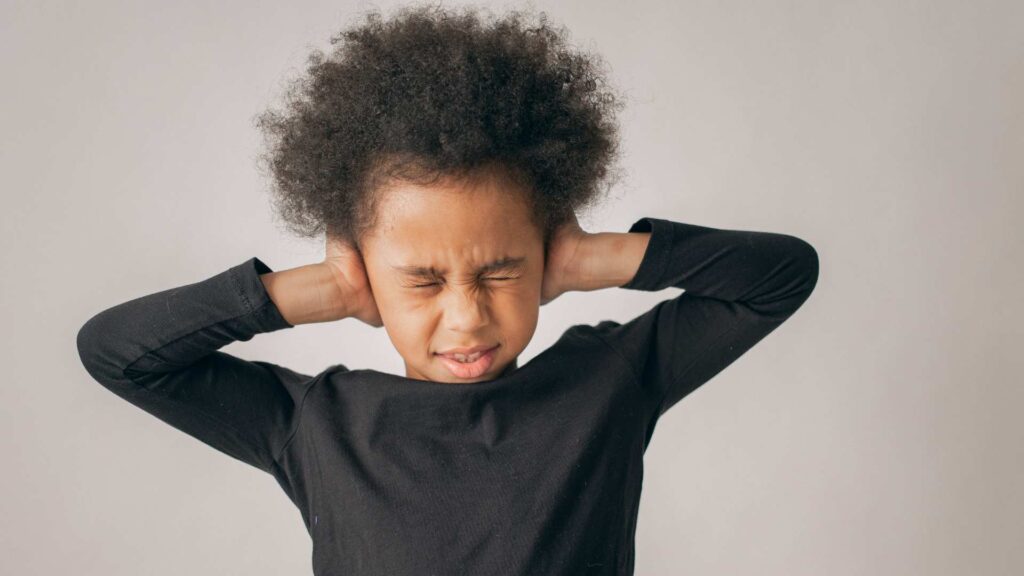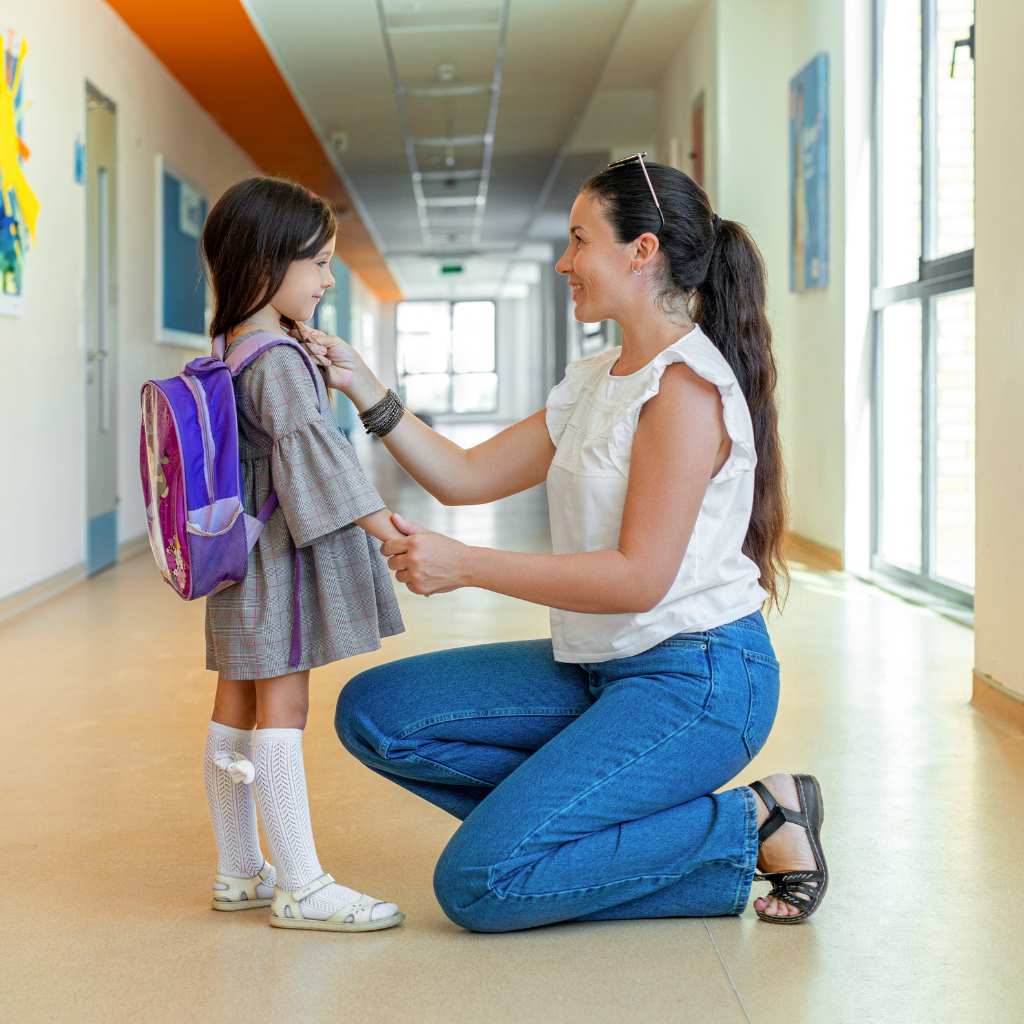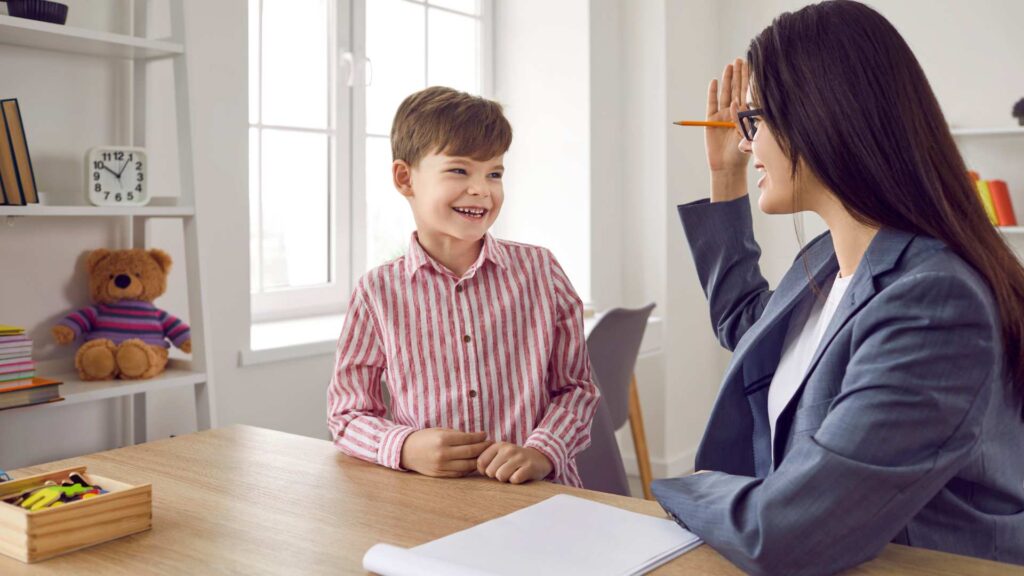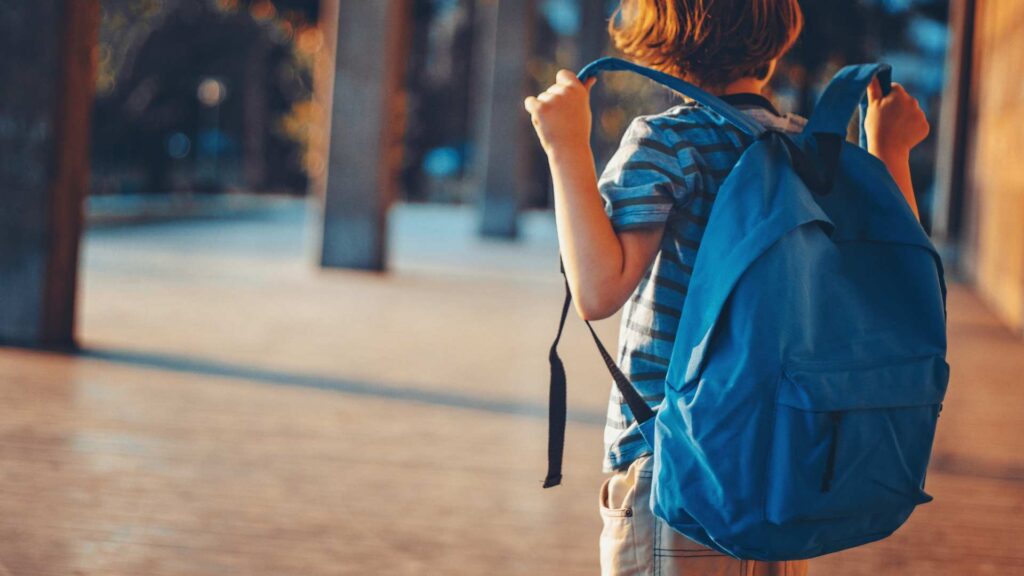Table of Contents
How do I help my kid with autism adjust to school?
As summer vacation ends, back-to-school transitions can be particularly challenging for children with autism and their families. Over the summer, children may have enjoyed a more relaxed schedule, participating in various events and activities. The sudden shift back to the structured and often unpredictable school environment can be overwhelming.
Children diagnosed with autism spectrum disorder (ASD) often face unique challenges, ranging from specific food preferences to extreme anxiety about changes in routine and preferences. For example, when summer vacation ends and they have to return to school, potentially at a different school with new teachers and classmates, the anxiety and stress they experience can be drastic.
At this point, you may be asking: “How do I help my kid with autism to transition back to school?” This period requires thoughtful planning and support to help manage the changes and reduce anxiety. In this blog by ABA Centers of Pennsylvania, we will cover some helpful strategies to keep the stress of returning to class down.
Anxiety in Autism

According to the Clinical Child and Family Psychology Review, anxiety is common in individuals with autism, affecting up to 40% of children and adolescents significantly. Various factors contribute to this anxiety, with sensory sensitivities being a significant cause. Many autistic individuals are susceptible to sensory stimuli like loud noises, bright lights, or strong smells, which can make everyday experiences overwhelming and stressful. Additionally, changes in routine can trigger anxiety, as those with autism often rely on predictability and structure. Even minor disruptions, such as a change in school schedule or a new teacher, can cause significant stress and anxiety.
Understanding the Challenges of Back-to-School Transition
One of the most frequent challenges in the back-to-school transition for children with autism is managing the shift in routine. During the summer, children often adjust to a more relaxed structure, engaging in various activities and enjoying a break from the rigorous school schedule. This period of relaxation allows for a flexible daily routine, which can be comforting for children with autism who thrive on predictability and consistency.
However, as summer ends and the school year approaches, another significant transition looms. Parents must help their children readjust to a more structured and demanding routine. This change can be particularly challenging for children with autism due to several factors:
Changes in Routine: Over the summer, kids and teens on the spectrum may have become accustomed to waking up later, having more free time, and engaging in activities at their own pace. The abrupt switch to waking up early, adhering to a strict schedule, and managing school demands can be overwhelming. For many children with ASD, any deviation from their routine can cause significant anxiety and stress.
Sensory Overload: The school environment can be overwhelming and distressing for children with autism. Bright lights, loud noises, crowded hallways, and various smells can be overwhelming and distressing.
Social and Communication Demands: School settings require children to engage in numerous social interactions and navigate complex communication demands. For children with autism, these social expectations can be particularly stressful.
Academic Pressures: The academic demands of school can be another source of stress. Children with autism often have unique learning styles and may struggle with traditional teaching methods. The fear of not meeting academic expectations, keeping up with classmates, and managing homework can increase anxiety, according to Education Sciences.
Uniforms and Dress Codes: For some children, wearing uniforms or adhering to a dress code can be uncomfortable. The sensory experience of different fabrics and the requirement to wear specific clothing can add to the stress of the back-to-school transition.
Transportation and Early Departures: Adjusting to new transportation routines, such as waking up earlier to catch a bus or leaving home earlier, can be difficult. The change in morning routines and the anticipation of a long school day can heighten anxiety.
6 Ways for Back-to-School Transitions
Understanding the sensitivities and potential causes of anxiety in your child as they return to school allows parents and caregivers to take the necessary time and develop strategies to address these challenges effectively, ensuring the new school year starts on the right foot. Here are some practical tips:
1. Gradual Adjustment to Routines
Start reintroducing the school routine a few weeks before school begins. Gradually shift bedtime and wake-up times to align more closely with the school schedule. This adjustment helps reset your child’s internal clock and makes the early mornings less jarring when school starts. Additionally, practice with them the morning routine, including getting dressed, eating breakfast, and leaving the house at the same time they will for school.
2. Familiarization with the School Environment
Visiting the school before the first day can help reduce anxiety. Arrange for a tour of the school, including the classroom, cafeteria, restrooms, and playground. If possible, meet the teachers and staff who will be interacting with your child. Familiarizing your child with the school environment can help reduce fear of the unknown and make the first day less intimidating.
3. Use Visual Supports
Visual schedules and social stories can be highly effective when preparing your kid with autism for changes. Create a visual schedule that outlines the daily routine, including specific times for waking up, school activities, homework, and bedtime. Social stories, which are simple narratives that explain social situations, can help children understand what to expect and how to behave in different school scenarios.
4. Create a Sensory-Friendly Plan
Sensory sensitivities can make school environments overwhelming. Work with the school to develop a sensory plan that addresses your child’s specific needs. This preparation might include noise-canceling headphones, a quiet space for breaks, or sensory tools like fidget toys. Ensuring that the school environment accommodates your child’s sensory needs can help them feel more comfortable and focused.
5. Practice Social Skills
Social interactions can be a significant source of anxiety for children with ASD. Role-playing various social scenarios, such as making new friends, asking for help, or participating in group activities, can help your child feel more confident. Encourage playdates or small group interactions with peers to practice these skills in a controlled setting before school starts.
6. Provide Emotional Support
Emotional regulation strategies are essential for managing anxiety. Teach your child techniques like deep breathing, mindfulness, or using a feelings chart to express their emotions. Having a trusted adult or mentor at school whom your child can talk to if they feel overwhelmed can provide additional emotional support.

Preparing Your Child for School with ABA Therapy
Parents work tirelessly to implement practical strategies to improve their children’s lives, especially when it comes to easing their transition back to school. While these strategies are invaluable, your child can also benefit significantly from a therapeutic and evidence-based approach like Applied Behavior Analysis (ABA) therapy. ABA therapy can provide additional support and tools to help manage the unique challenges associated with autism, particularly during significant transitions such as the start of a new school year.

ABA therapy focuses on understanding and improving specific behaviors through individualized intervention plans. BCBAs tailor the plans according to each child’s needs, strengths, and areas of difficulty. By working closely with trained ABA therapists, your child can develop essential skills that promote independence, reduce anxiety, and enhance their overall well-being.
One key benefit of ABA therapy is its structured approach to teaching new skills and behaviors. Therapists use positive reinforcement to encourage desired behaviors, breaking down complex tasks into manageable steps. This method is particularly effective for children with autism, who often benefit from explicit, consistent instruction and positive feedback.
For children experiencing anxiety about returning to school, ABA therapy can help them build coping mechanisms and strategies to manage their stress. Through role-playing and social stories, therapists can prepare children for various school scenarios, from navigating the classroom to interacting with peers. These exercises help reduce uncertainty and build confidence, making the school environment less intimidating.
Moreover, ABA therapy supports the development of social skills, which are often a source of anxiety for children with autism. Through structured social skills training, children learn how to engage in conversations, understand social cues, and form meaningful relationships. These skills are critical for building a sense of belonging and reducing social anxiety at school.
ABA Centers of Pennsylvania Top Autism Care Provider
Families in King of Prussia and Philadelphia have benefited from our autism care services, including autism diagnosis, early intervention, and in-home ABA therapy. With a long record, ABA Centers of Pennsylvania has improved the lives of hundreds of children and adolescents on the spectrum.
Let us improve the life of your little one with autism as we teach them to positively navigate the spectrum while learning coping mechanisms to deal with sensitivities and challenging behaviors, including anxiety at school.
Call us at (844) 444-7496 or schedule a free appointment with our therapists to learn more about how ABA programs work.








